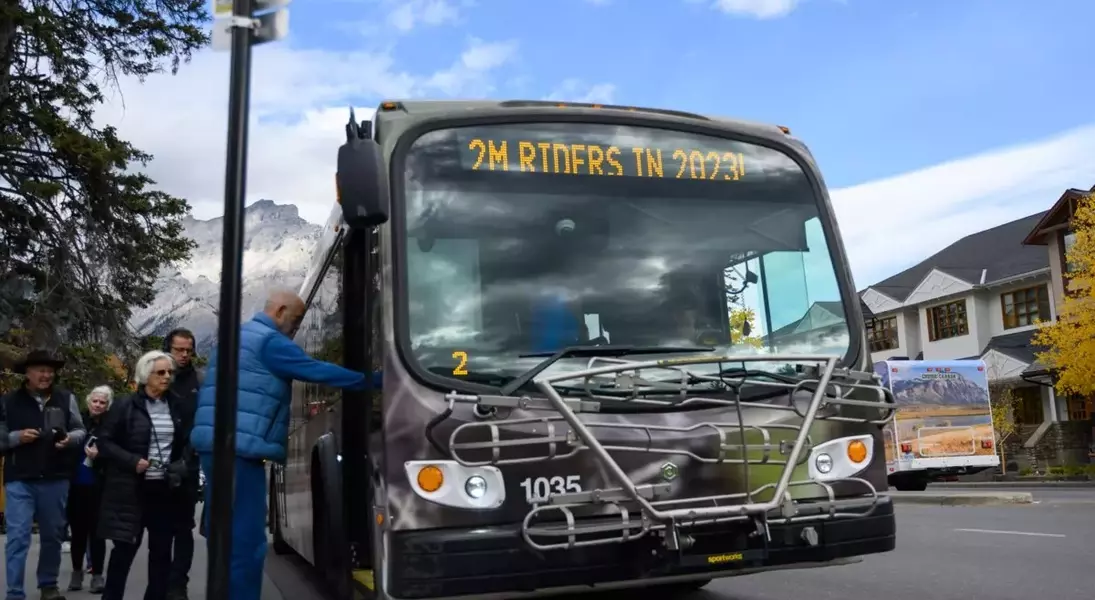Revamping Roam Transit's Maintenance Strategies for a Sustainable Future
Bow Valley's public transit system, Roam, is undergoing a comprehensive review of its maintenance practices to address rising costs and operational challenges. A new study commissioned by the organization has uncovered several areas for improvement, paving the way for a more efficient and cost-effective maintenance approach as Roam continues to expand its fleet and services.Streamlining Maintenance, Enhancing Reliability
Defining Maintenance Standards and Accountability
The study recommends that Roam establish a master service agreement with the Town of Banff, its maintenance provider, to formalize maintenance goals, repair standards, and preventative maintenance programs. This would create a clear framework for accountability, ensuring that both parties understand their responsibilities and work towards a shared vision of maintaining the transit fleet to the highest standards. By defining specific repair and inspection criteria, Roam can ensure that its vehicles never fail basic government inspections, as key safety and operational components would be addressed through proactive maintenance.Strengthening Maintenance Management and Oversight
The study suggests that Roam should create a dedicated head of maintenance position to oversee all maintenance-related activities, including those performed by the Town of Banff. This would provide a centralized point of control and improve the coordination between Roam and its maintenance provider. Additionally, the report recommends that the Town of Banff enhance its internal maintenance management plan to schedule repairs more proactively, allowing for a smoother and more efficient repair process.Optimizing Maintenance Processes and Procedures
The study identified several areas where Roam can optimize its maintenance processes and procedures. These include implementing a comprehensive preventative maintenance program that addresses wear items beyond the minimum government requirements, as well as establishing a more detailed system for tracking maintenance events and the next steps needed for repairs. By taking a more proactive and data-driven approach to maintenance, Roam can reduce downtime, improve fleet reliability, and potentially realize cost savings in the long run.Addressing Staffing Challenges
The study highlighted the significant challenge that Roam, like many transit organizations across the country, faces in finding and retaining skilled maintenance staff. To address this, the report recommends that Roam develop a strategy to attract, develop, and retain qualified mechanics, potentially through initiatives such as apprenticeship programs and competitive compensation packages. By investing in its maintenance workforce, Roam can ensure that it has the necessary expertise to keep its diverse fleet of buses in top condition.Aligning Maintenance with Operational Needs
As Roam continues to expand its fleet and services, the study emphasizes the importance of aligning maintenance strategies with the organization's operational requirements. This includes considering the impact of having multiple bus models, which can complicate maintenance efforts and parts procurement. By carefully planning for future growth and maintenance needs, Roam can ensure that its maintenance practices remain efficient and effective, supporting the delivery of reliable transit services to the Bow Valley community.Embracing a Proactive Maintenance Mindset
At the heart of the study's recommendations is a shift towards a more proactive and strategic approach to maintenance. By establishing clear standards, enhancing oversight, optimizing processes, and addressing staffing challenges, Roam can position itself to better anticipate and address maintenance needs, rather than reactively responding to issues as they arise. This proactive mindset will be crucial in ensuring the long-term sustainability and reliability of Roam's transit operations.

